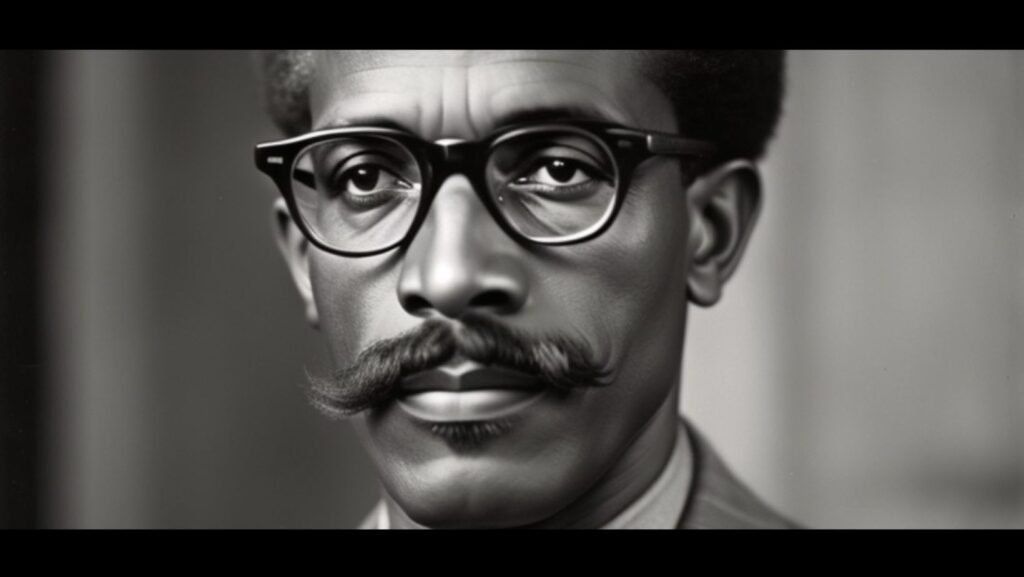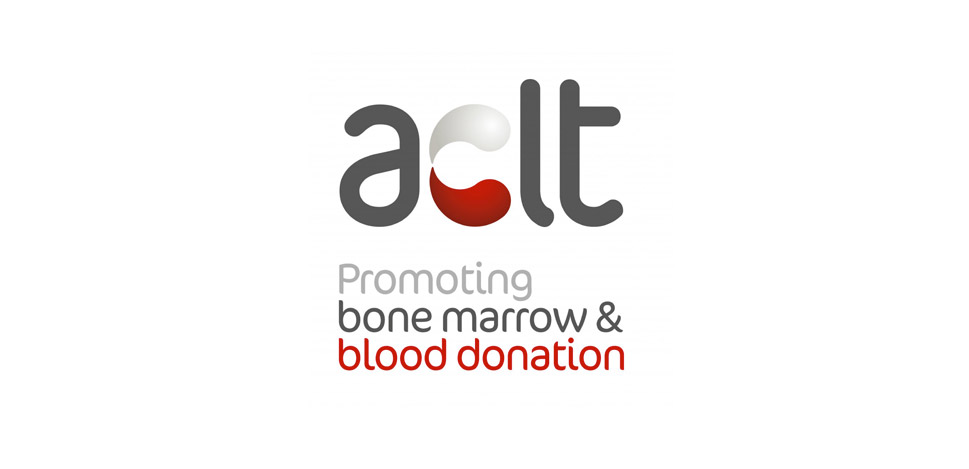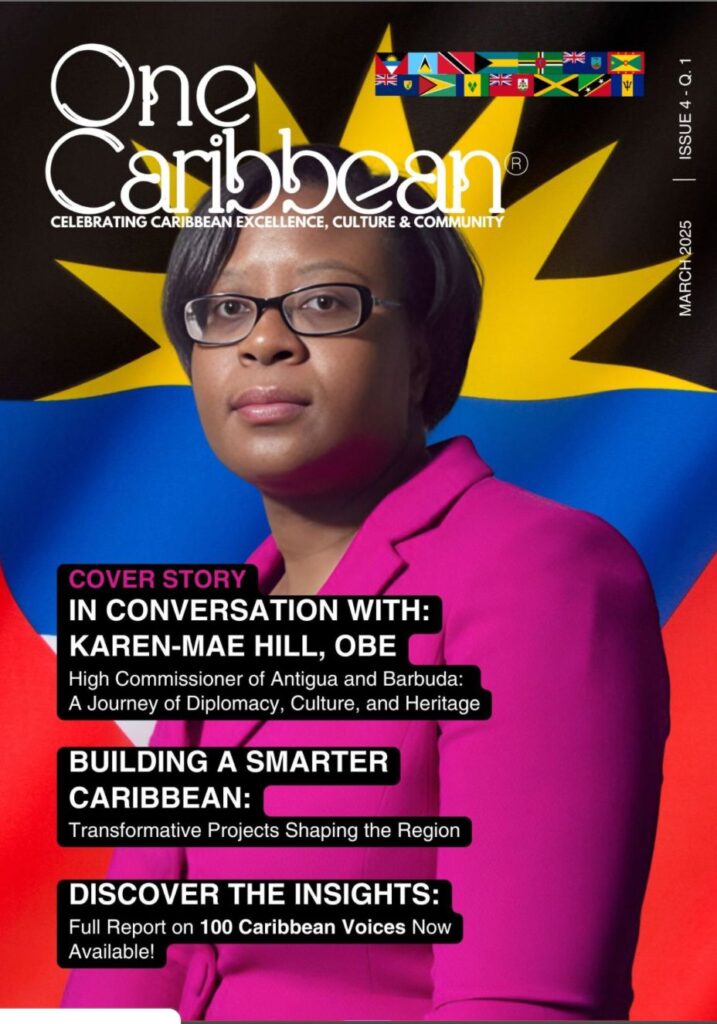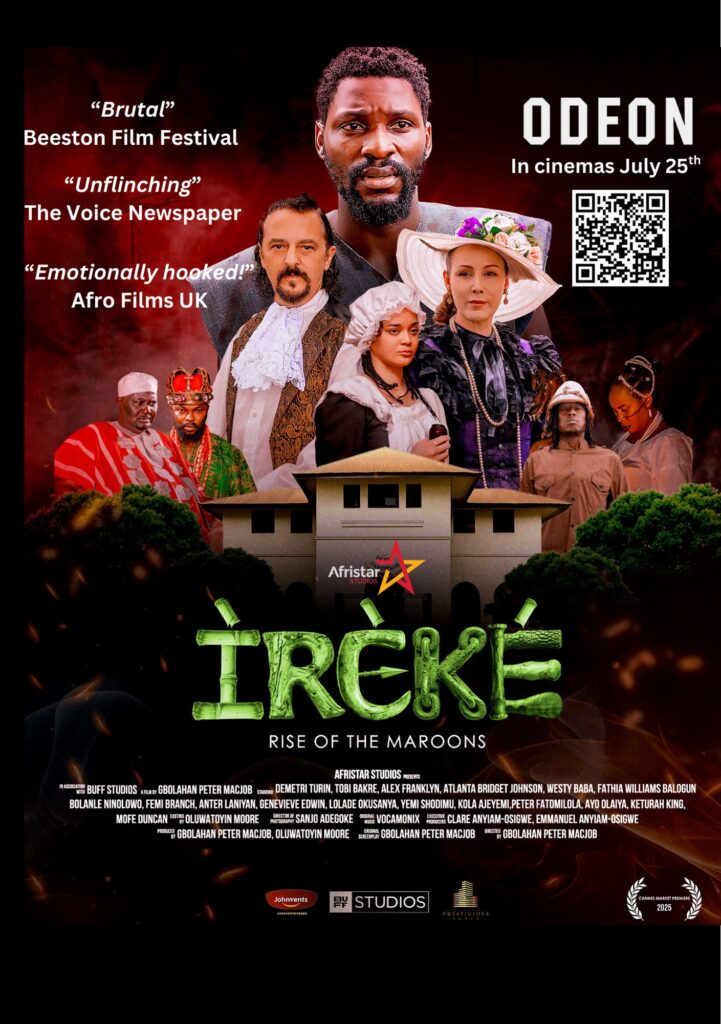Architecture, Cultural Heritage, and Biography.
Michael Tedros (1921-2012): Architect of Ethiopia's Resilience and Identity
“Exploring the legacy of Michael Tedros: Architect, Visionary, and Cultural Pioneer. Join us on a journey through Ethiopia's architectural landscape, where modernity meets tradition, and innovation blends seamlessly with cultural heritage.”
Black Wall St. MediaContributor

Michael Tedros, a British-Ethiopian architect, left an indelible mark on Ethiopia’s architectural landscape, seamlessly blending modernity with the nation’s rich cultural heritage.

Architect of Ethiopia’s Resilience and Identity
Born in 1921, Tedros embarked on a transformative journey that would make him a symbol of African strength and innovation.
Early Years and Architectural Studies Tedros commenced his architectural studies and career in England, honing his skills in a setting starkly different from the land of his Ethiopian heritage.
Early Years and Architectural Studies Tedros commenced his architectural studies and career in England, honing his skills in a setting starkly different from the land of his Ethiopian heritage.
In 1952, the Ministry of Education in Ethiopia summoned him back home to undertake a crucial role – replacing the departing head architect of Addis Ababa, the capital city.
Architectural Vision and Education During his tenure in Ethiopia, Tedros focused on designing and constructing schools across the country, emphasizing the fusion of modern building techniques with indigenous materials and cultural influences.
This unique approach laid the foundation for his future endeavors.
After three years of impactful work, Tedros earned a scholarship to the University of Pennsylvania, where he became a protégé of the renowned architect Louis Kahn.
This period of academic enrichment significantly influenced his architectural philosophy.
Return to Ethiopia:
Fusion of Modernity and Tradition In 1957, armed with newfound knowledge and a fresh perspective, Tedros returned to Ethiopia. He formed a groundbreaking partnership with Israeli architect Zalman Enav, marking the inception of the country’s first architectural firm led by Ethiopian professionals.
One of Tedros’s notable creations is the Ministry of Foreign Affairs (1964) in Addis Ababa.
The design, a departure from the initial directive to emulate New York City’s UN Building, embraces Ethiopian identity. Reticulated geometries grace the façade, harmonizing with traditional low-rise Ethiopian architecture.
Filwoha Thermal Baths: Embracing Nature and Tradition In 1964, Tedros unveiled the Filwoha Thermal Baths in Addis Ababa, a testament to his commitment to indigenous architectural principles.
Inspired by the natural hot springs that influenced the city’s founding, the building’s cellular organization echoes Ethiopian dwelling compounds.
Tedros incorporated local soil into the construction, fostering a connection with the environment through open skylights that allow natural light and ventilation.
Legacy:
Architectural Education for the Future Throughout his career, Tedros recognized the scarcity of trained Ethiopian architects.
In response, he co-founded the architecture school at the University of Haile Selassie I, envisioning a new generation of locally trained experts who would carry forward his legacy.
Michael Tedros, a pioneer in bridging modernity and tradition, passed away at the age of 91 in 2012.
”His architectural contributions endure as testaments to Ethiopia's resilience, strength, and commitment to preserving its unique identity.
Black Wall St. MediaContributor











